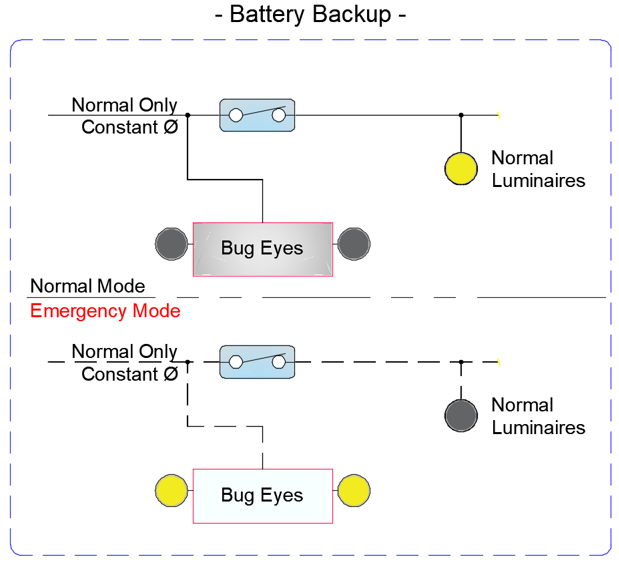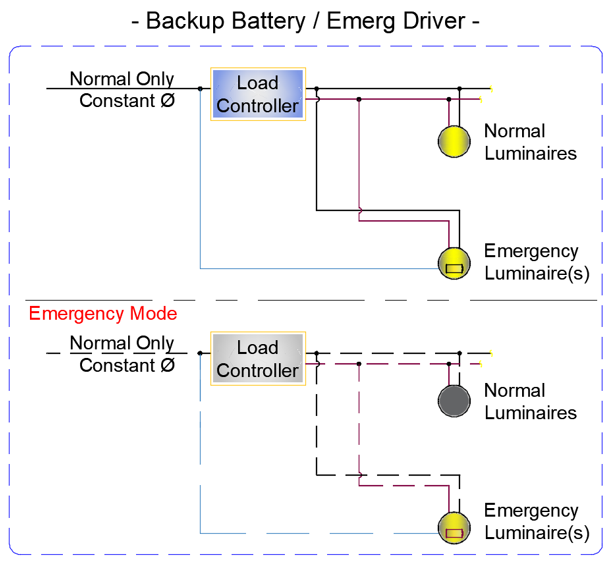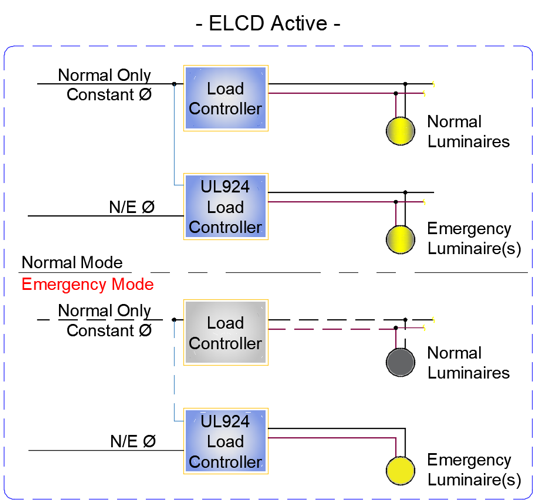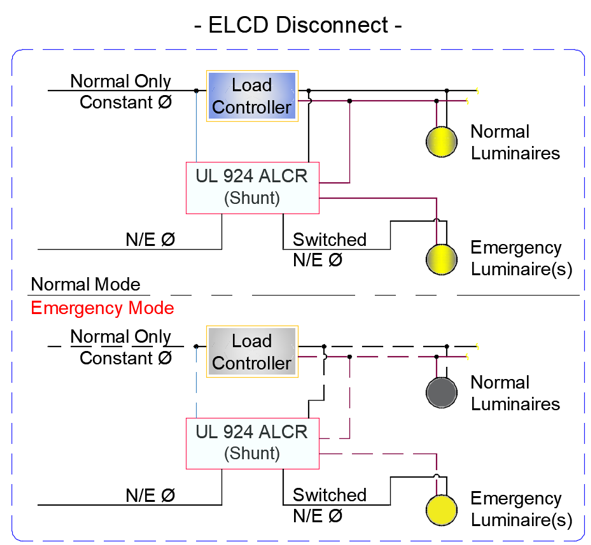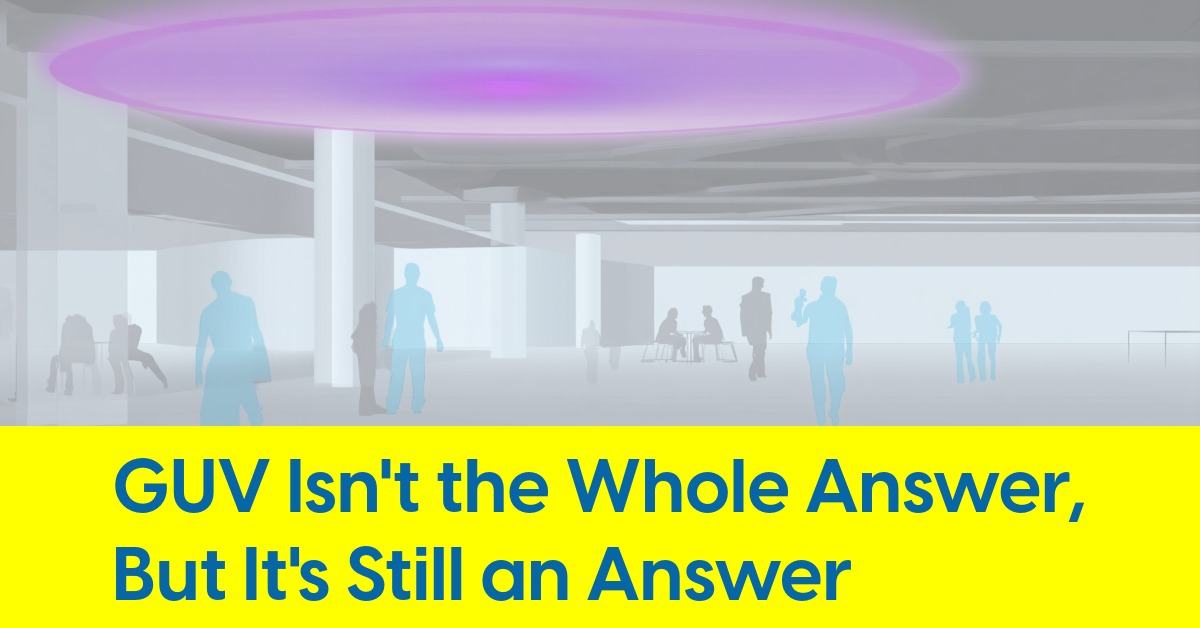This article on emergency lighting and controls was very much a collaborative effort. Many experts in the field—including Rick Miller, Craig DiLouie, and several manufacturers—provided extremely valuable input in reviewing and fact-checking the content.
Egress and emergency lighting are critical elements of building design. During periods of occupancy, a clear, unobstructed path out of the building must be illuminated, including during an emergency or an event when normal power is lost. This ensures occupants can exit the building safely at all times.
Egress lighting illuminates a continuous path out of the building during normal operation. Emergency lighting activates during a power outage and includes lighting providing egress illumination in addition to exit signs. In some cases, luminaires are dedicated to the purpose; other times, they may play multiple roles.
At its core, emergency lighting is simply emergency power source-supplied lighting that automatically energizes when there is loss of power to the building or lighting circuit. Properly integrating it into a lighting design can be challenging as it is often subject to various safety ratings, codes, and interpretations by the authority having jurisdiction (AHJ), typically represented by the code inspector. As a result, guidance tends to be conservative, favoring secure approaches.

